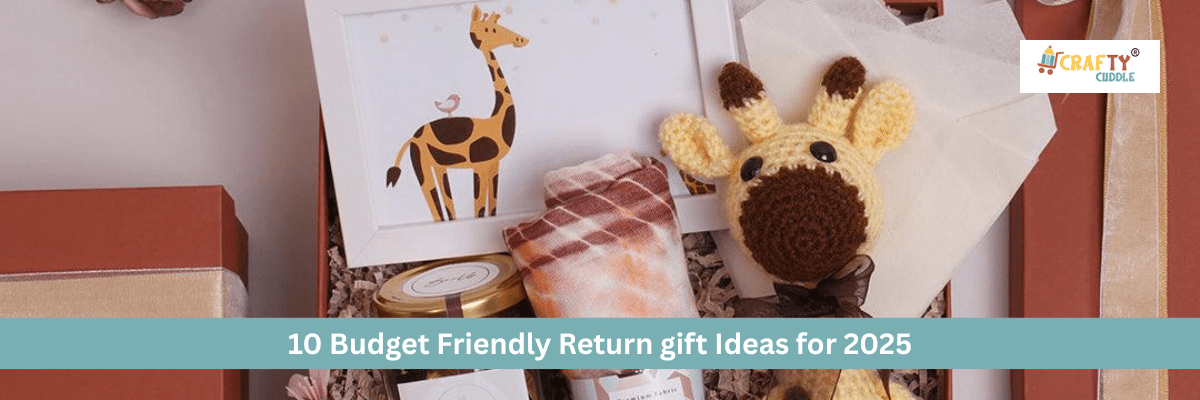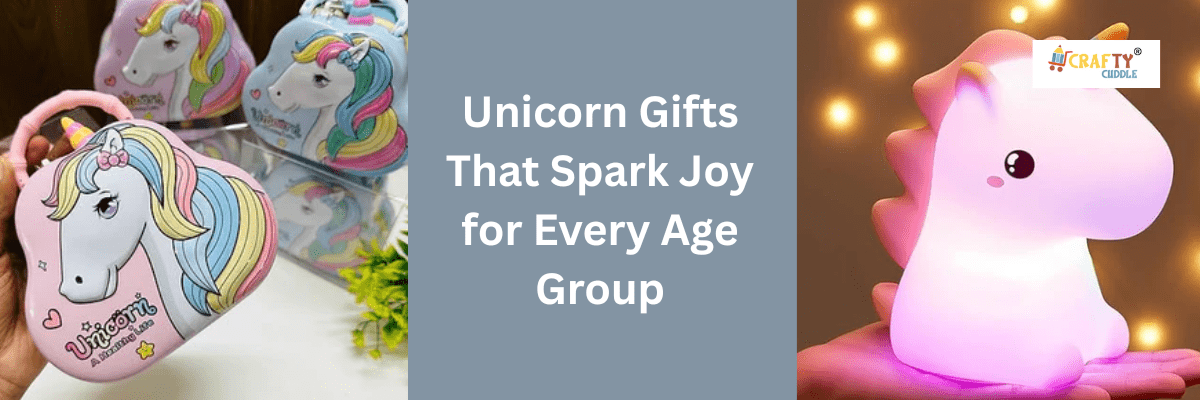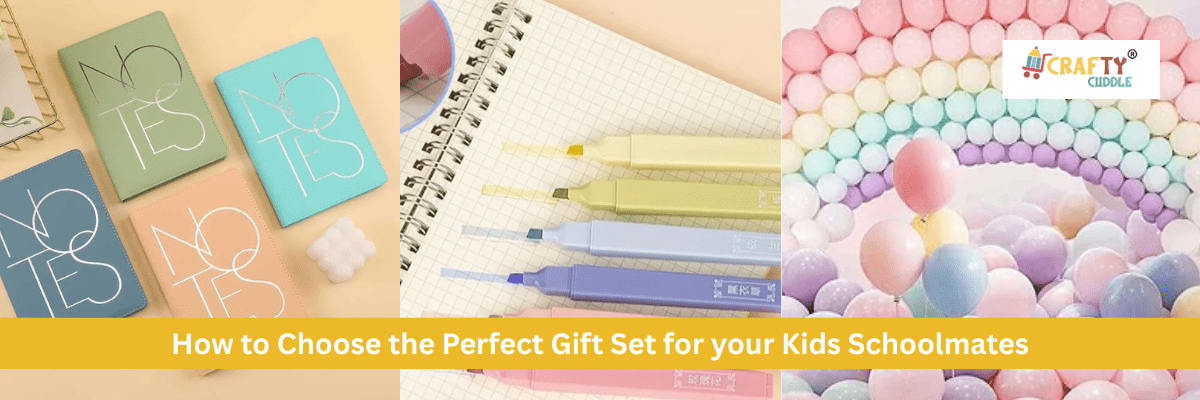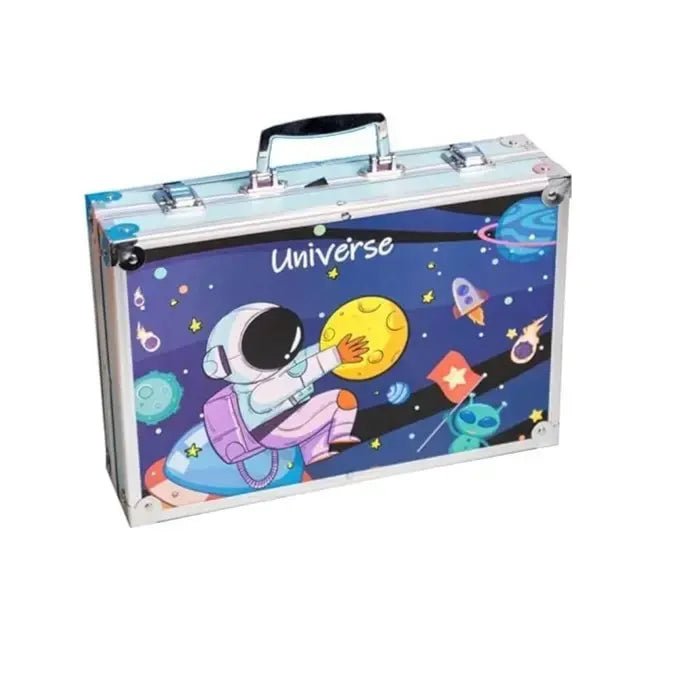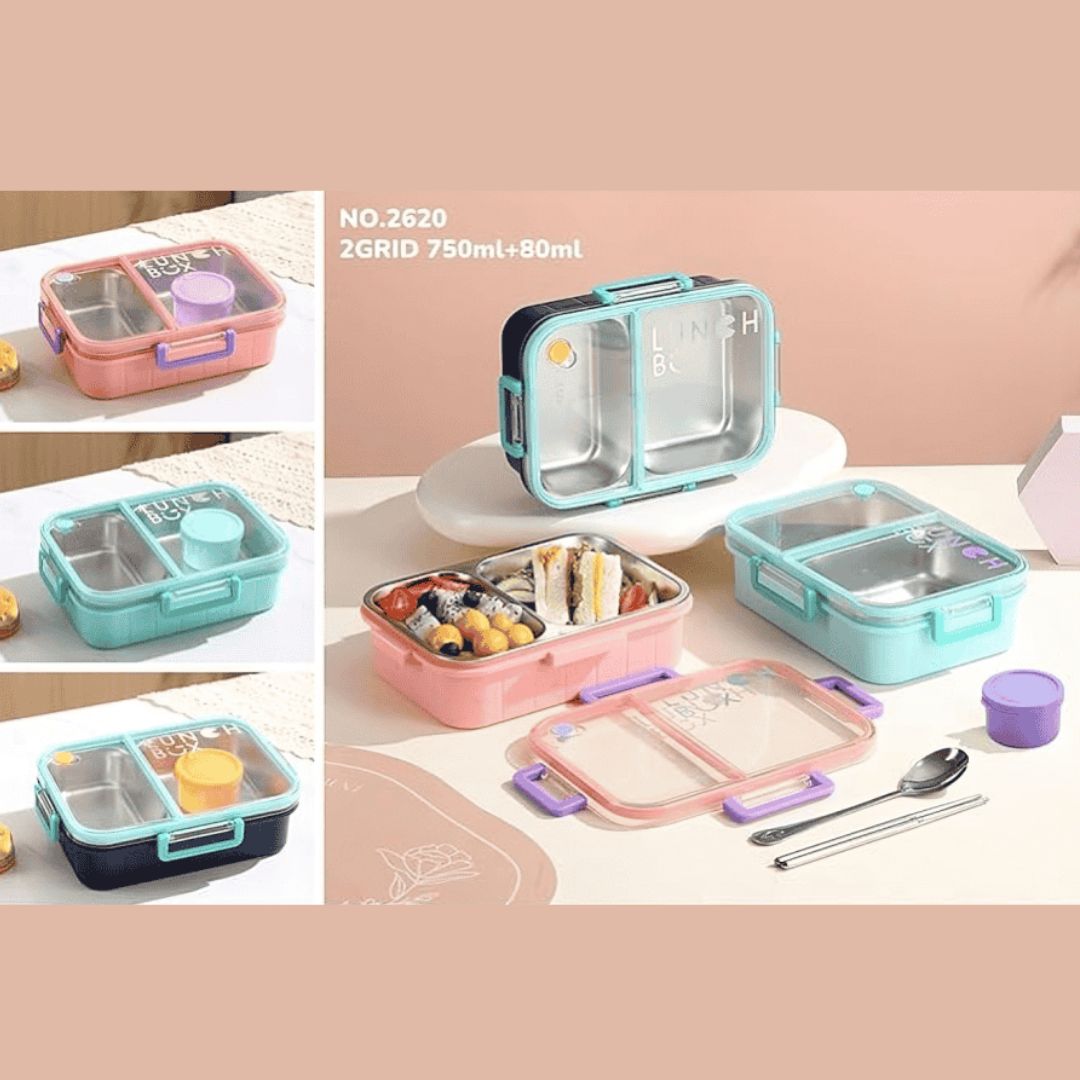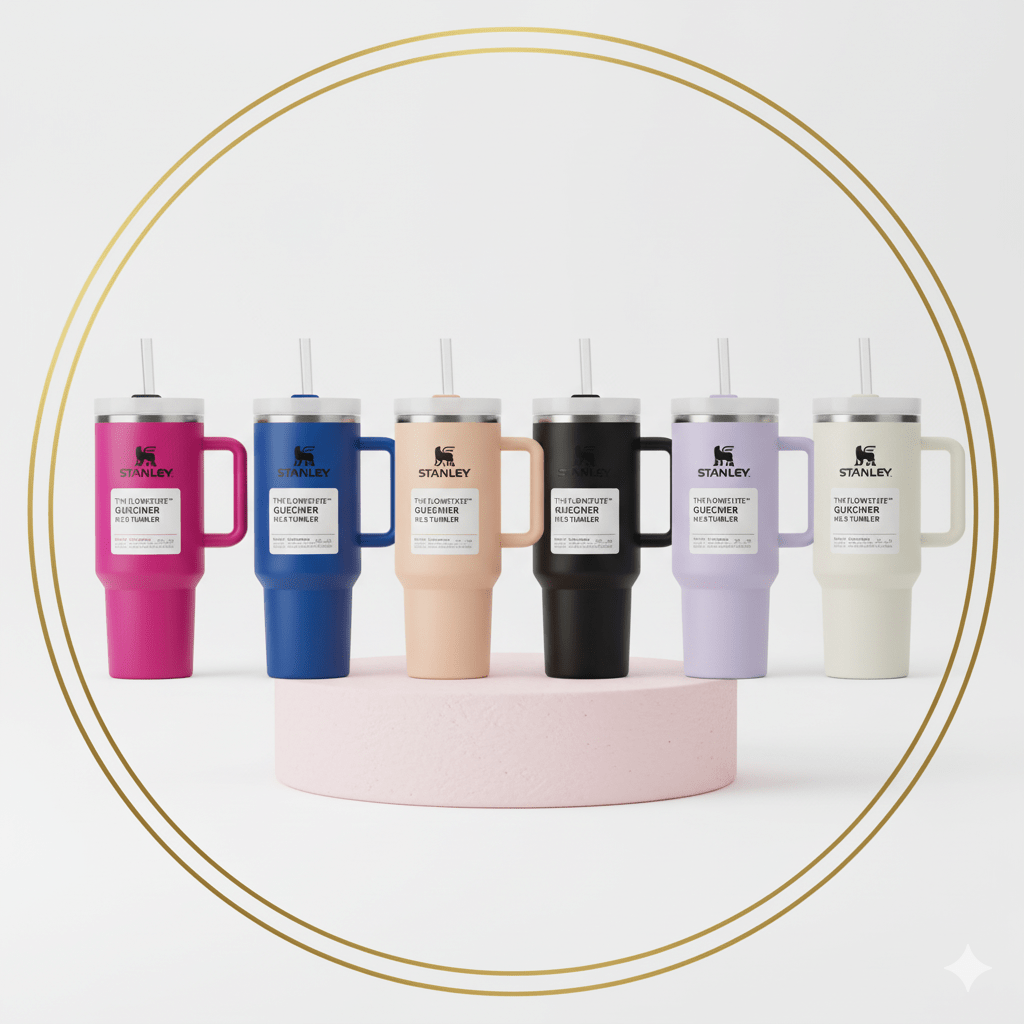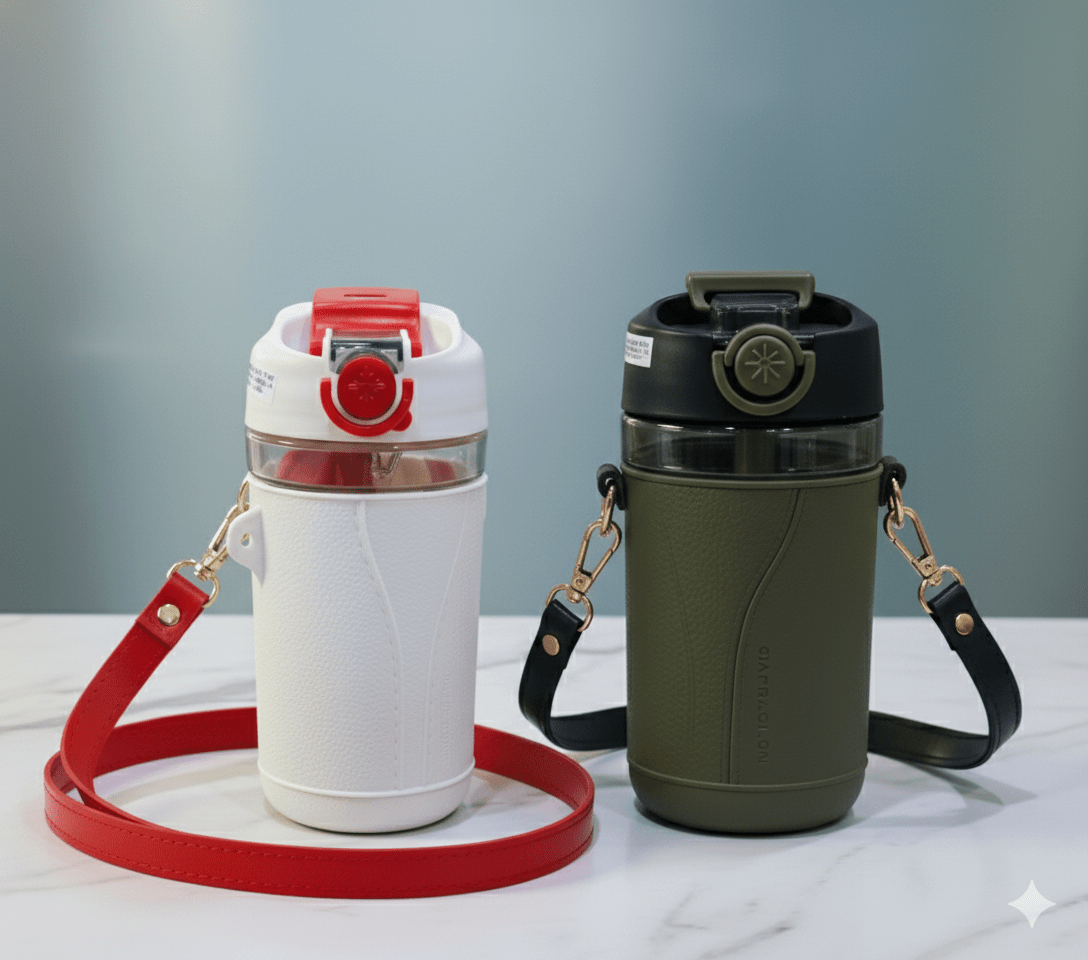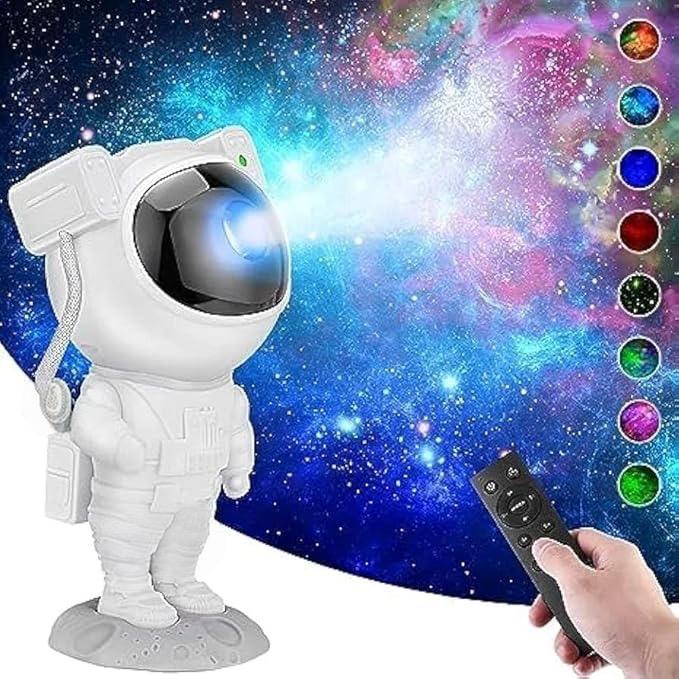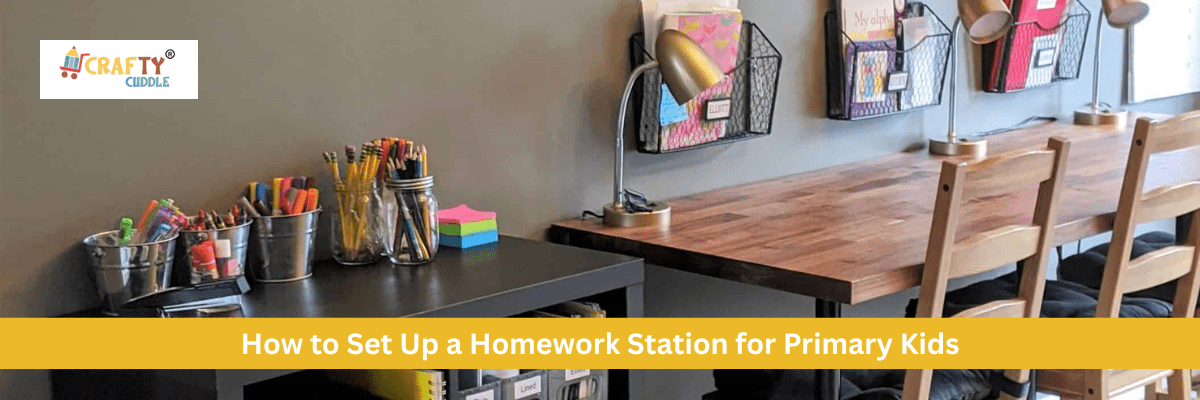
How to Set Up a Homework Station for Primary Kids
As children enter school, having a dedicated space for homework becomes essential—not only to help them focus and stay organized but also to create positive learning habits from an early age. Study time can become an enjoyable, distraction-free ritual that children look forward to with the help of a well-designed homework station.
We'll go over how to set up a homework station that is practical, inspiring, and ideal for elementary school students in this blog.
1. The Significance of a Homework Station
Children do best in environments that are structured. Similar to a classroom, a homework station indicates when it's time to study and focus.
Benefits:
- Promotes independence and accountability.
- Cuts down on time spent looking for resources.
- Reduces the distractions caused by TV, toys, and other domestic tasks.
- Helps build routine and discipline.

2. Pick the Proper Site
Start by picking a location that works for the family's routine and your child's personality.
Perfect locations:
- A peaceful area in their bedroom.
- A section of the dining room or living room (where parents can keep an eye on their younger children).
- A nook or converted closet.
Things not to do:
- By the television or in noisy areas.
- Places with uncomfortable seats or inadequate lighting.

3. Select the Proper Furniture
Your study space is influenced by the furniture. Prioritize comfort and ergonomics.
Essentials:
- A desk or table that is kid-sized: One that has adequate room for writing, a laptop, or books.
- Chair that is comfortable and supportive: Ensure that your child's feet can rest flat on the ground or on a footrest.
- Shelves or drawers: For storing books, files, or supplies within arm’s reach.
Pro tip: Adjustable furniture grows with your child and provides long-term value.

4. Use Smart Storage to Organize
The enemy of concentration is clutter. Use the designated storage solutions to keep the station neat.
Ideas for storage:
- Cute pencil holders and pen stands: Use themed organizers like Crafty Cuddle’s Dino-Egg or Unicorn holders.
- Mini drawers or plastic bins: For paper, notebooks, and stationery.
- Magazine holders: To organize textbooks or subject-wise folders.
- Wall-mounted storage: Saves space and looks neat.

5. Provide Basics for the Station
To prevent your child from leaving the station in the middle of their task, keep all necessary supplies close at hand.
List of supplies:
- Sharpeners, pencils, and erasers
- Markers, highlighters, and colored pens
- Ruler, scissors, and glue stick
- Worksheets, notebooks, and sticky notes
- A timer or clock
- A lamp for the desk
Crafty Cuddle provides vibrant, themed stationery that will make homework seem exciting instead of tedious.

6. Include Customized Elements
Allowing your child to assist with station decoration gives them a sense of pride and improves the area's welcoming atmosphere.
Personalization ideas:
- Posters of their preferred superhero or cartoon.
- Motivational sayings or educational affirmations.
- A soft toy or tiny indoor plant.
- Their name on homemade banners or in vibrant wooden letters.
Children are naturally encouraged to spend more time in aesthetically pleasing environments.

7. Verify Adequate Lighting
For the purpose of avoiding eye strain and sustaining focus, lighting is essential.
Lighting advice:
- For natural light, position yourself close to a window.
- For evenings or overcast days, include a desk lamp that is safe for kids.
- Steer clear of overhead lights that directly shade the work area.
- Soft white or daylight bulbs work best for study environments.

8. Establish a Zone Free of Distractions
Distractions such as loud toys, tablets, and phones should not be near the homework area.
How to reduce outside distractions:
- Away from the screens, face the desk.
- If necessary, put on noise-canceling headphones.
Establish ground rules:
- Unless absolutely necessary for schoolwork.
- No electronics are allowed during homework time.
To indicate focused time, you can even put up a little visual cue, such as a "Study Time" sign.

9. Include a Board for Schedules
Young children can learn what to do and when with the aid of a visual routine.
Things to add:
- List of daily assignments.
- Assignments every week.
- Upcoming assessments or events.
Make use of a corkboard, whiteboard, or adorable planner. You can even arrange tasks according to deadlines or subjects by using color-coded sticky notes.

10. Provide a Rest Area
Primary kids can’t focus for long stretches. To help them refocus, schedule brief breaks in between tasks.
Ideas for break stations:
- Have a little beanbag close at hand.
- Add puzzles or fidget toys.
- Encourage a few minutes of dancing or stretching.
- Every 30 to 40 minutes, schedule a 10-minute break.
- During longer assignments, having a "fun corner" helps reduce stress and avoid burnout.

11. Make Maintenance Simple
The most ideal homework station will eventually become disorganized. Show your child how to maintain order and cleanliness.
Habits of daily maintenance:
- After homework, clean up for five minutes.
- Refill supplies and sharpen pencils once a week.
- Regularly empty the trash and wipe down the desk.
To make cleaning second nature, incorporate it into the homework schedule.

12. Turn the Materials Around Curriculum-Based
The subjects and activities that children study at school vary throughout the year. Maintain the station's relevance and freshness.
What needs to be updated:
- Fresh flashcards or worksheets.
- Crafts with a seasonal or festival theme.
- Revision notes and projects.
To keep the creativity flowing, you can also include entertaining educational games, art supplies, or do-it-yourself kits from Crafty Cuddle.

Creative Cuddle Ideas for the Ideal Study Space
Do you want to make a setup that is both entertaining and useful?
Everything you require is available at Crafty Cuddle:
- Adorable organizers and pen stands that also serve as desk accents.
- Writing is made more enjoyable with scented pens and colorful highlighters.
- For everyday organization, sticky notes, planners, and creative sets are ideal.
- Kid-friendly lamps and accessories for studying at night.
Final Thought
A well-designed homework station is more than just a desk in a corner; it's a starting point for concentration, self-reliance, and academic success. Children are more likely to love learning and take pride in their academics when they have a fun, useful, and distraction-free space of their own.
So take out your organizers, get out your crayons, and create a homework space that develops along with your child—and their aspirations.
View our most recent selection of necessities for school: Crafty Cuddle

